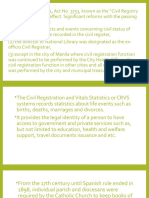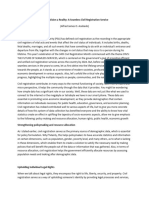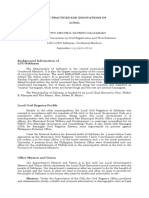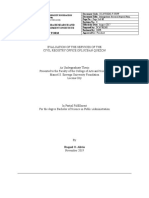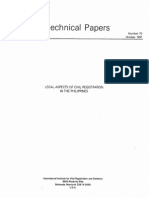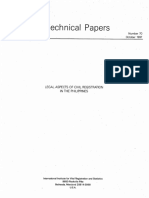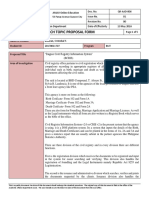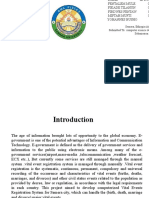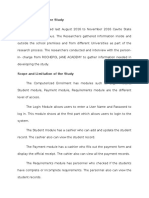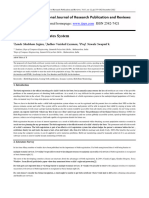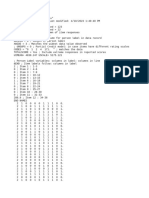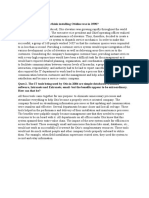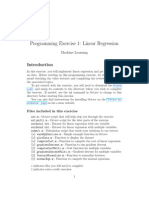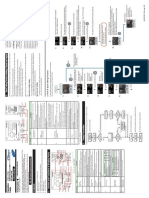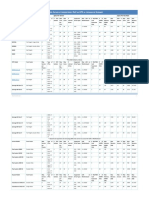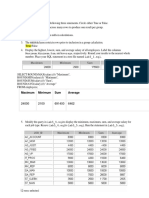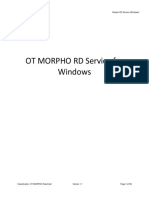0% found this document useful (0 votes)
296 views12 pagesCDO Civil Registry Tech Upgrade
The City Civil Registry of Cagayan de Oro City uses an outdated system called CRIS that is prone to crashing. It lacks sufficient funds to upgrade its few aging computers. The office aims to develop a new system to better manage records and accommodate growing demand, but needs financial assistance. Improving technology and training employees on a new system could make transactions faster and more accurate.
Uploaded by
drazen708Copyright
© Attribution Non-Commercial (BY-NC)
We take content rights seriously. If you suspect this is your content, claim it here.
Available Formats
Download as DOC, PDF, TXT or read online on Scribd
0% found this document useful (0 votes)
296 views12 pagesCDO Civil Registry Tech Upgrade
The City Civil Registry of Cagayan de Oro City uses an outdated system called CRIS that is prone to crashing. It lacks sufficient funds to upgrade its few aging computers. The office aims to develop a new system to better manage records and accommodate growing demand, but needs financial assistance. Improving technology and training employees on a new system could make transactions faster and more accurate.
Uploaded by
drazen708Copyright
© Attribution Non-Commercial (BY-NC)
We take content rights seriously. If you suspect this is your content, claim it here.
Available Formats
Download as DOC, PDF, TXT or read online on Scribd
/ 12



